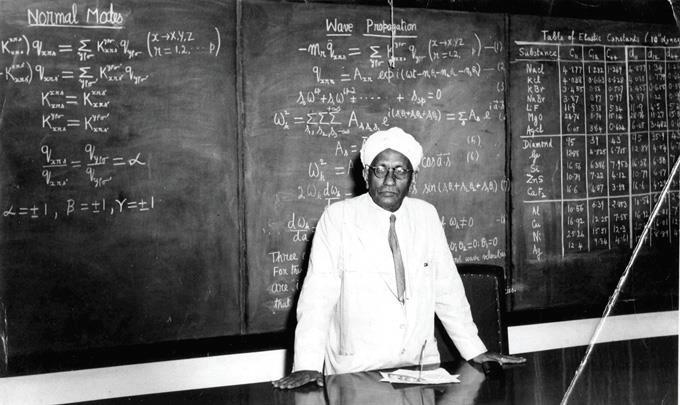The Daily Briefs are a comprehensive update of current affairs for the day. To know more about them, read this. If you’d like to receive updates for current affairs every day, you’ll need to subscribe by entering your email address at the right side of this page. The previous Briefs can be accessed at the archives here. Also, check out our mock tests!
- The Reserve Bank of India (RBI) set up of an inter-disciplinary standing committee on cyber security to review the threats inherent in the existing and emerging technology. The 11-member committee will be headed by Meena Hemchandra, RBI Executive Director.

- National Science Day is commemorated on the 28th of February every year. The 2017 theme is “Science and Technology for Specially Abled Persons”. This day marks the discovery of the Raman Effect by Indian physicist CV Raman on February 28, 1928. This discovery was awarded with the Nobel Prize in Physics in 1930.
- The Securities and Exchange Board of India (SEBI) is planning to further tighten the regulations for algorithmic trading to minimise instances of misuse of such systems. The tight regulations aim to curb the instances of flash crashes that have happened overseas and also in India. India is one of the few countries in the world to regulate algorithmic trading. This technology-driven trading enables traders to take advantage of any profit making opportunities arising in the market much before a human trader can even spot them.
- India’s first integrated heliport was inaugurated at Rohini in Delhi. This heliport has been developed by Pawan Hans Limited. It will play an important role in providing various helicopter services ranging from offshore transport, connecting the remote & inaccessible Islands of Andaman & Nicobar and Lakshadweep to the mainland, besides promoting heli-tourism in India.
- Senior tribal leader from Chhattisgarh and ex-parliamentarian Nand Kumar Sai (71) took charge as Chairperson of the National Commission for Scheduled Tribes in Delhi. He succeeds Rameshwar Oraon, whose tenure ended on October 31, 2016. He will have a tenure of three years and has been given the rank of Union Cabinet Minister.
- Minister for Information & Broadcasting M Venkaiah Naidu and Member of the Parliament of Ukraine and Chairman of the National Council of Television Ukraine Mr. Iurii Artemenko have agreed to strengthen the bilateral cooperation between the two countries through the medium of Cinema in New Delhi. The cooperation would be helpful to showcase films through the medium of Film Festivals and utilizing the Film Facilitation Office platform established by India.
- The Central Pollution Control Board — an Environment Ministry organisation that sets guidelines for monitoring and controlling pollution — has said that international studies linking air quality in India to disease and death are flawed because the ethologic, personal immunity and demography of India are incomparable with international practices.
- The Government of India launched the 7th tranche of the Sovereign Gold Bonds and it will be the last offering for 2016-17.
- Tata Communications is partnering with Hewlett Packard Enterprise (HPE) to support the roll-out of the former’s Internet of Things platform, the LoRa network. The company will also work with HPE to provide a range of domestic and cross-border IoT connectivity and management services, particularly for applications requiring elements of mobility, such as connected cars, fleet management and transportation services.
- Iran’s Atomic Energy Organisation (AEOI) stated that Russia and Iran have reached an agreement to jointly produce nuclear fuel. A preliminary agreement with Russia on the joint production of nuclear fuel was reached during the nuclear negotiations between Iran and the major world powers in 2015.
- NASA plans to send its first robotic spacecraft to the Sun next year. The spacecraft is slated to get within six million kilometres of the blazing star to probe its atmosphere. First, the mission will hopefully unveil why the surface of the Sun, called the photosphere, is not as hot as its atmosphere, called the corona. According to NASA, the surface temperature of the Sun is about 5,500 degrees Celsius. However, the atmosphere above it is a sizzling two million degrees Celsius.
















Thank You !!!